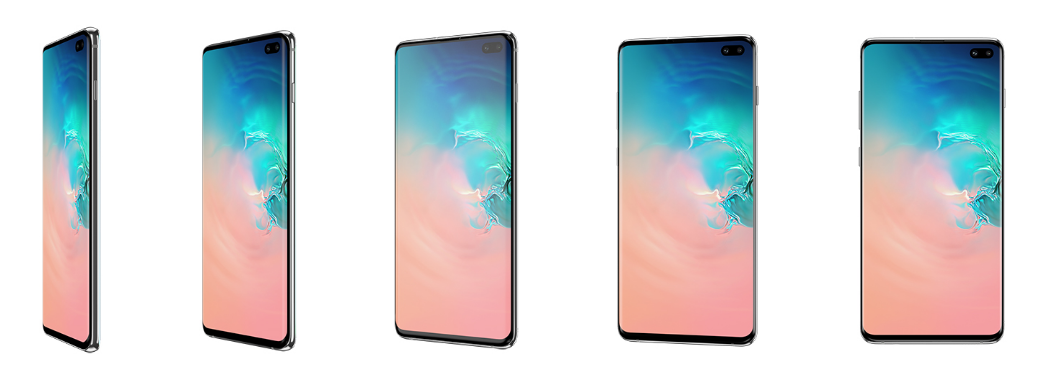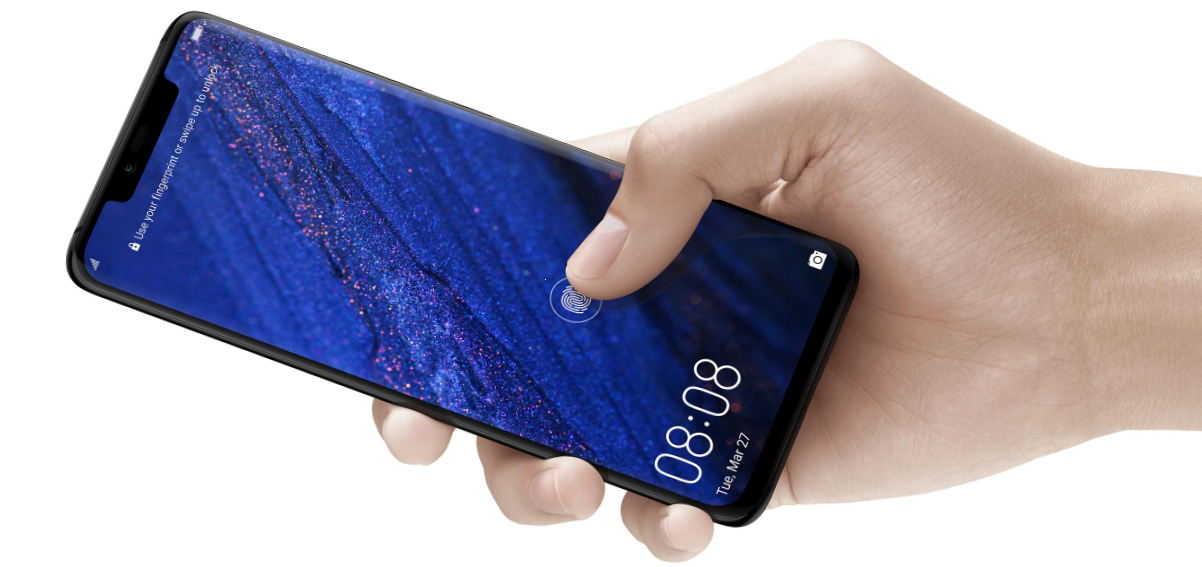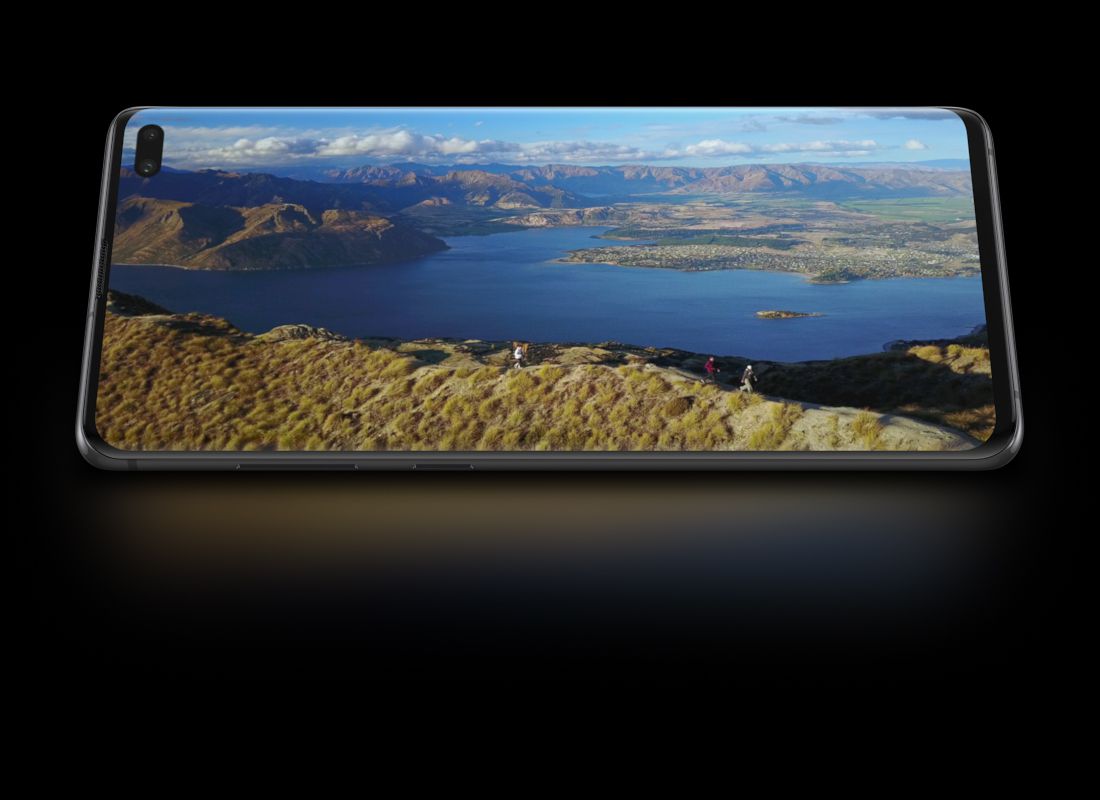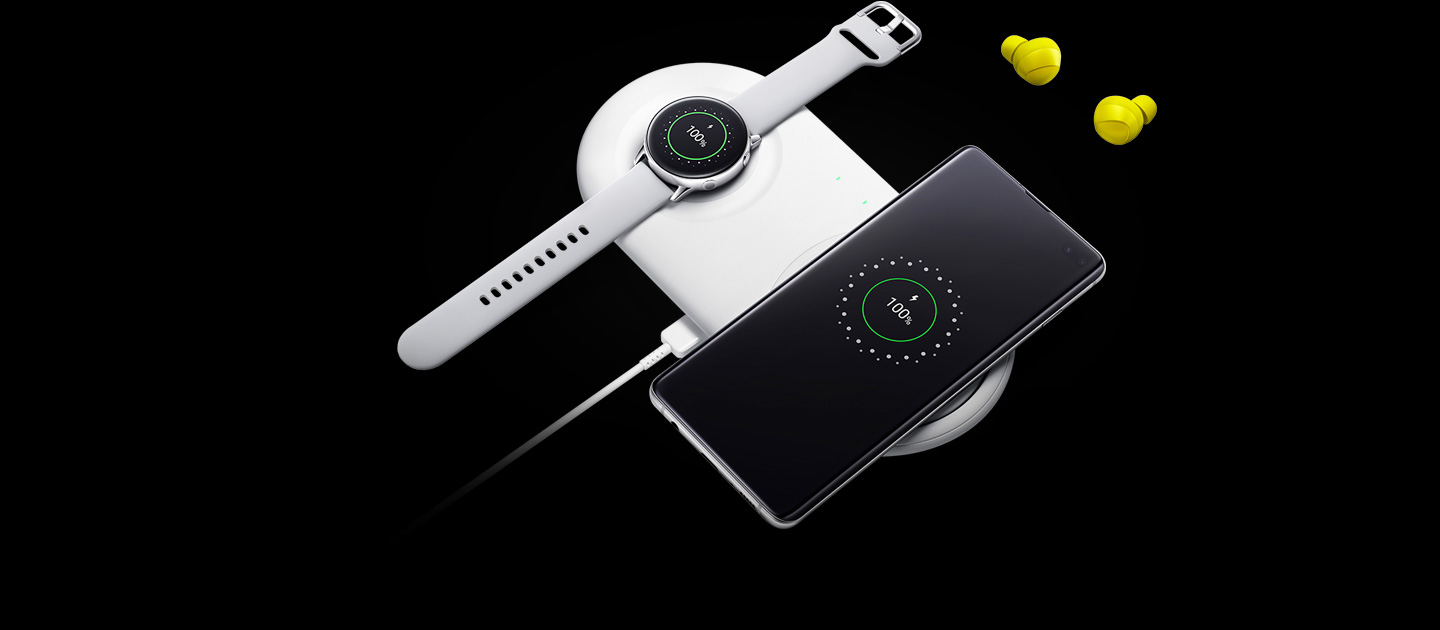
Mobile World Congress 2019 saw innovations that gave us a glimpse into the future. A lot has been revealed, including the foldable phones but it’s worth noting that it’s the year of premium flagship smartphones as well. It’s been a busy month for two tech giants, Samsung and Huawei, as they try to one-up each other in the top-tier Android flagship scene with the introduction of Samsung Galaxy S10 /S10 Plus and Huawei Mate 20/Mate 20 Pro.
All units are packed with premium features, but there can only be one stand-out worth considering. Will Samsung’s S10/S10 Plus lead on or will it be Huawei’s Mate 20/Mate 20 Pro? Check out the chart below for a spec-by-spec comparison:
| Samsung Galaxy S10 | Samsung Galaxy S10 Pro | Huawei Mate 20 | Huawei Mate 20 Pro | |
|---|---|---|---|---|
| OS | Android 9.0 with Samsung One UI | Android 9.0 with Samsung One UI | Android 9.0 Pie with EMUI 9.0 | Android 9.0 Pie with EMUI 9.0 |
| Processor | Octa-core Qualcomm Snapdragon 855 | Octa-core Qualcomm Snapdragon 855 | Huawei Kirin 980 | Huawei Kirin 980 |
| GPU | TBA | TBA | Mali-G76 720MHz | Mali-G76 720MHz |
| Memory | 8GB RAM + 28GB internal storage, microSD up to 512GB | 8GB/12GB RAM + 128GB/1TB internal storage, microSD up to 512GB | 4GB/6GB + 128GB | 6GB + 128GB |
| Display | 6.1-inch AMOLED | 3040 x 1 440 pixels | 550ppi | 6.4-inch AMOLED | 3040 x 1 440 pixels | 522ppi | 6.53-inch FHD+ LCD | 2160 x 1080 resolution | 402ppi | 6.39-inch curved OLED | 3120 x 1440 resolution | 545ppi |
| Rear Camera | 16MP (ultra wide-angle) + 12MP (wide-angle) + 12MP (telephoto) | 16MP (ultra wide-angle) + 12MP (wide-angle) + 12MP (telephoto) | 12MP f/1.8 + 8MP 2x telephoto sensor + 16MP ultra-wide sensor | 40MP f/1.8 + 8MP 3x telephoto sensor + 20MP ultra-wide sensor |
| Front Camera | 10MP | 10MP + 8MP | 24MP RGB sensor | 24MP RGB sensor |
| Battery | 3400 mAh | Wireless PowerShare | Wireless Charging 2.0 | 4100 mAh | Wireless PowerShare | Wireless Charging 2.0 | 4200mAh | 40W Huawei Supercharge | 15W wireless charging | 4000mAh | 22.5W Huawei Supercharge |
| Connectivity | USB C | Headphone jack | USB C | Headphone jack | USB C | Bluetooth 5.0 | USB C | Headphone jack | Bluetooth 5.0 |
| Network | LTE, Hybrid Dual SIM | LTE, Hybrid Dual SIM | 4G LTE | 4G LTE |
| Others | IP68 Water & Dust Resistance, Wireless PowerShare, Bixby, Scene Optimizer, Always-On Display | IP68 Water & Dust Resistance, Wireless PowerShare, Bixby, Scene Optimizer, Always-On Display | Rear-facing fingerprint sensor | In-display fingerprint sensor, TOF proximity sensor, flood illuminator, and face-unlock |
| Colors | Prism White, Black, Green, and Blue | Prism White, Black, Green, Blue and Ceramic White and Black | Pink Gold, Midnight Blue, Emerald Green, Twilight, and Black | Pink Gold, Midnight Blue, Emerald Green, Twilight, and Black |
Design and Construction
Right off, you can tell Samsung went for a minimalist-inspired design to the S10 & S10 Plus. It’s constructed as such to accommodate a larger, cinema-grade viewing experience. Its notable feature is the hole-punch screen notch where the 10MP + 8MP front camera reside; however, the 8MP front camera feature is just exclusive to S10 Plus. Both units wield aluminum frame that’s thinner than the S9 Plus. The back outlines a more polished appearance where the triple camera lens are. There’s also the revolutionary in-display Ultrasonic Fingerprint Scanner that’s more convenient to unlock, drag, and hold open apps.
The prismatic colors go along with the nano-laminated film to create a seamless style for the S10 that comes in Prism White, Black, Green, and Blue while the S10 Plusflaunts a bolder tone with the addition of Ceramic White and Black. Samsung S10 is smaller in dimension coming in at 6.1-inch and 157g while S10 Plus exceeds at 6.4-inch and 198g.
As for Huawei’s Mate 20/Mate 20 Pro, the brand has always been in line with the latest trends since the design for both units still impress. The aluminum-framed body of each unit is complimented by either the Pink Gold, Midnight Blue, Emerald Green, Twilight, or Black color that strikes a glassy, premium finish. The brand still retained the color-changing glass backs but added an extra layer to increase hand grip and visual impact.

To compare, the Mate 20 has a larger display at 6.53-inch FHD+ LCD and is noticeably wider than Mate 20 Pro’s 6.39-inch curved OLED, so if big screen’s more your thing, Mate 20 will suffice. Both units flaunt a 24MP front camera and RGB sensor, the difference is that Mate 20 has a dewdrop display while the Pro’s notch is cut wider to accommodate 3D depth-sensing. Another feature is the in-display fingerprint scanner which Mate 20 Pro has (similar to S10 Pro) while Mate 20 has it on the back. Audiophiles will be glad to know Samsung S10 & S0 Pro still rocks the headphone jack while Huawei only retained the spec in the Mate 20.
Display and Multimedia
Samsung S10 Plus’ 6.4-inch display is just a tad higher than S10 coming in at 6.1-inch, but both units showcase a 3040 x 1440 resolution, AMOLED screen. Huawei’s screen game doesn’t fall short either–the Mate 20 clocks a 6.53-inch FHD+ LCD (2160 x 1080 resolution) display while the Pro banks on its 6.39-inch curved OLED (3120 x 1440 resolution) screen to contend with S10’s specs. But then again, most top-tier smartphones favor the AMOLED feature, a premium successor to the OLED display technology to which Samsung has the advantage.

Chipset, Software and Storage
The legacy software continues with Samsung S10/S10 Plus running on Android 9 with Samsung One UI, and packs the latest Qualcomm Snapdragon 855 processor. Expect a cleaner, seamless notification panel along with increased performance in motion gestures and navigation. Also, you can now schedule when to turn on/off the blue light filter and night mode setting as well as max out the screen resolution to WQHD+ option with the upgraded OS to compensate for it.
Huawei boasts the same Android 9 Pie but differ with its EMUI 9.0 setup. Both Mate 20/Mate 20 Pro contains the world’s first 7nm mobile AI Kirin 980 chipset which is the latest in the market as of date. The upgrade provides greater speed enhancement and AI capabilities to shoulder heavy app lifting.
Either way, both software works just as well. But when pairing it up with storage, it’s a whole different ball park. Huawei Mate 20 has 4GB or 6GB RAM for its 128GB storage while Mate 20 Pro exceeds at 6GB RAM + 128GB ROM and 8GB RAM + 256GB storage. Samsung S10 starts at 8GB RAM + 28GB internal storage (microSD up to 512GB) while the S10 Plus trumps them all at 8GB/12GB RAM + 128GB/1TB internal storage (microSD up to 512GB).
Camera
Samsung S10/S10 Plus’ three rear cameras consists of 16MP (ultra wide-angle) + 12MP (wide-angle) and 12MP (telephoto); S10 has a 10MP front camera while S10 Plus has 10MP + 8MP dual action. The brand aims to revolutionize the night photography scene with its dual aperture and wide panoramic setup that’s worth checking out. Still, Huawei went all out and surpassed this with Mate 20 Pro’s 40MP + 8MP (telephoto) + 20MP (ultra-wide) triple rear camera setup. Images are captured in full clarity with saturation boost. It’s a more obvious choice than Mate 20’s 12MP + 8MP + 16MP rear camera game even though both units feature a 24MP (RGB sensor) front camera setup. To see how Huawei’s flagship smartphone aces the camera game, read all about the review here.

Battery
Foldable phones and wireless powersharing seem to be all the rage, and both brands covered these features. Samsung S10 packs a 3400mAh while the Plus has 4100mAh power. Huawei’s Mate 20 comes in at 4000mAh and its Pro counterpart exceeds Samsung at 4200mAh. While it’s fair to lean more towards the unit with the most battery power, only the Mate 20 Pro can charge other Qi-enabled devices through reverse wireless charging. Samsung triumphs in its Wireless PowerShare feature that not only powers the Galaxy S10, S10+, and S10e but also other Qi-certified devices including Samsung Galaxy earbuds. Overheating isn’t an issue either as Samsung S10 Plus has a vapor chamber cooling system to keep things smooth when doing high-end tasks or gaming.

Despite each unit’s hits and misses against the other, all are still considered a premium flagship that packs incredible features.
Samsung Galaxy S10 retails at P49,990 while the Galaxy S10 Plus goes for P55,990. A 1TB storage limited-edition variant is also available for P89,990 if the 128GB isn’t enough.
Huawei Mate 20 costs P49,900 for the 4GB RAM + 64GB storage and P53,000 for the 6GB RAM + 128GB variant while the Mate 20 Pro with 6GB RAM + 128GB storage goes for P65,500.
